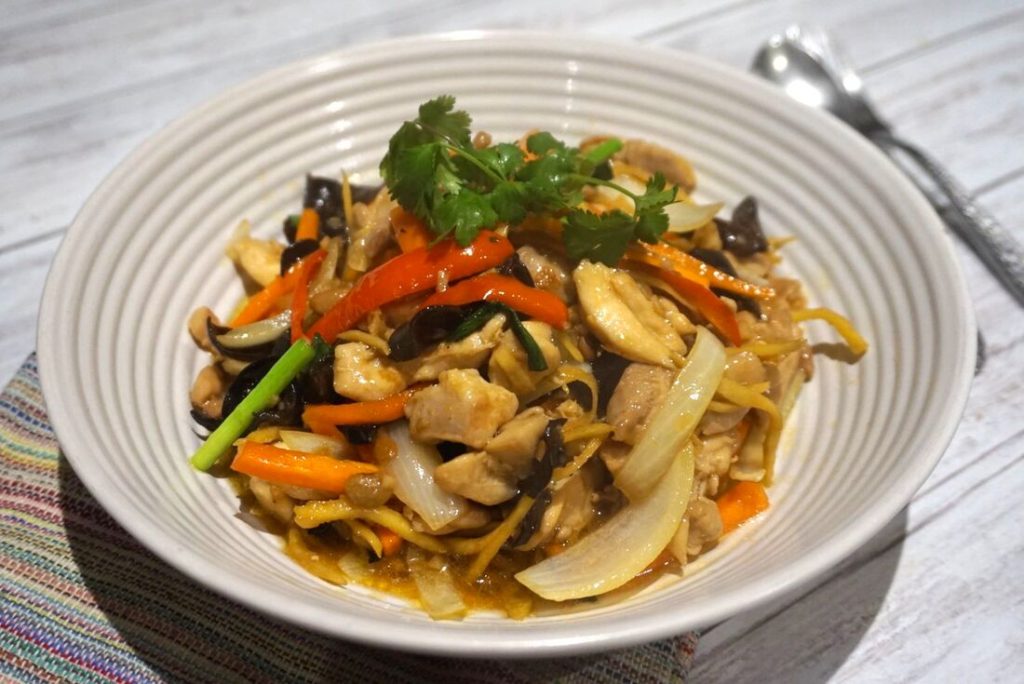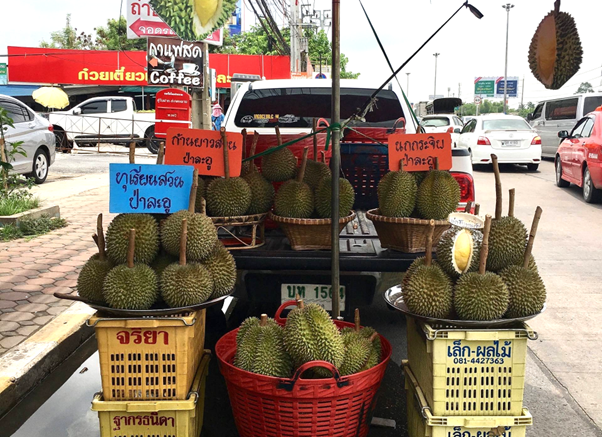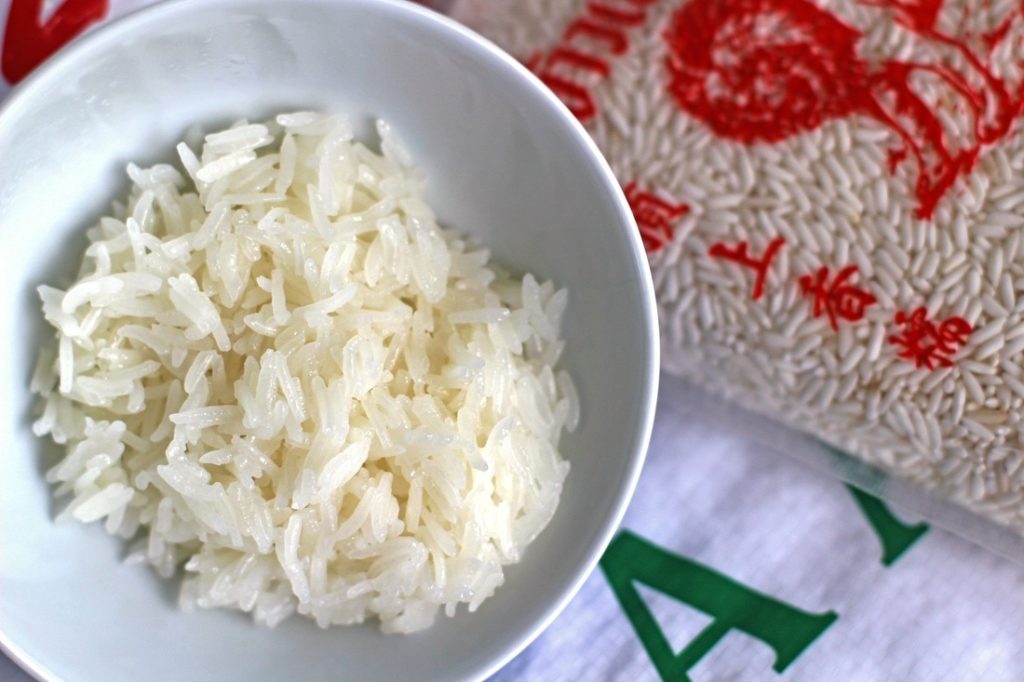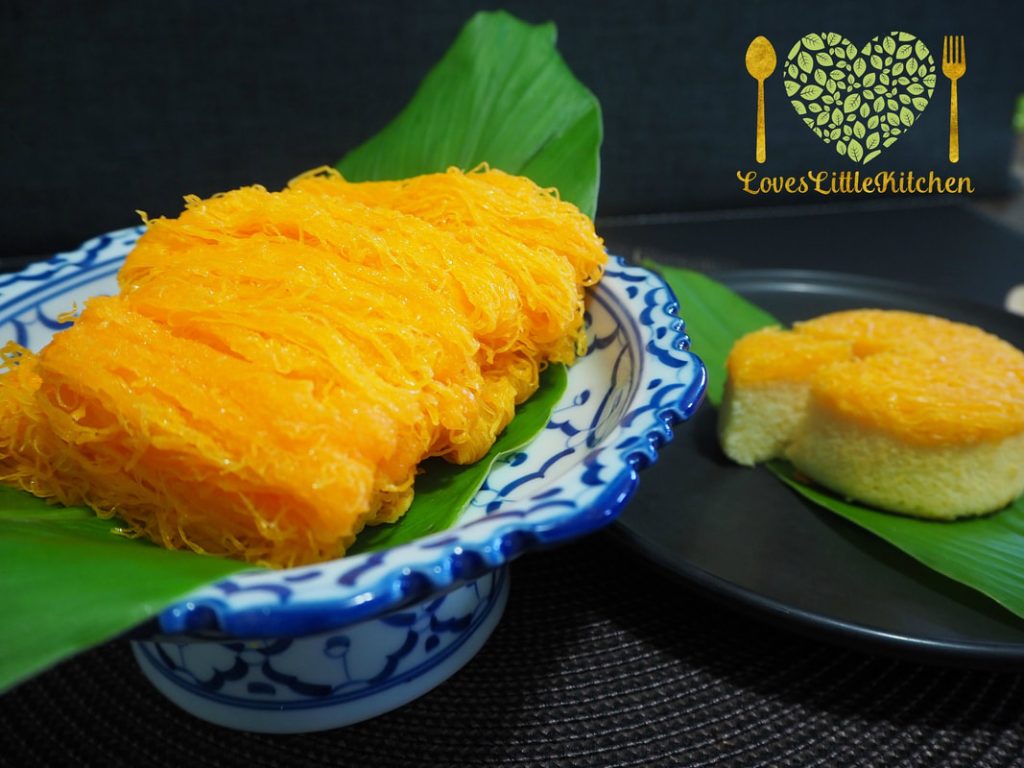I have posted a simple recipe for Pad Thai in my blog before, but the recipe I would like to share this time is an advanced version… I am sure you will love it, and you might say it is better than some restaurants in your local area – Charinya of @charinyas_kitchen
Hello foodies! In my blog post this month I would like to share the recipe of the best known Thai dish for foreigners. This dish is available in most Thai restaurants overseas and it is one of my most requested recipes of all time!
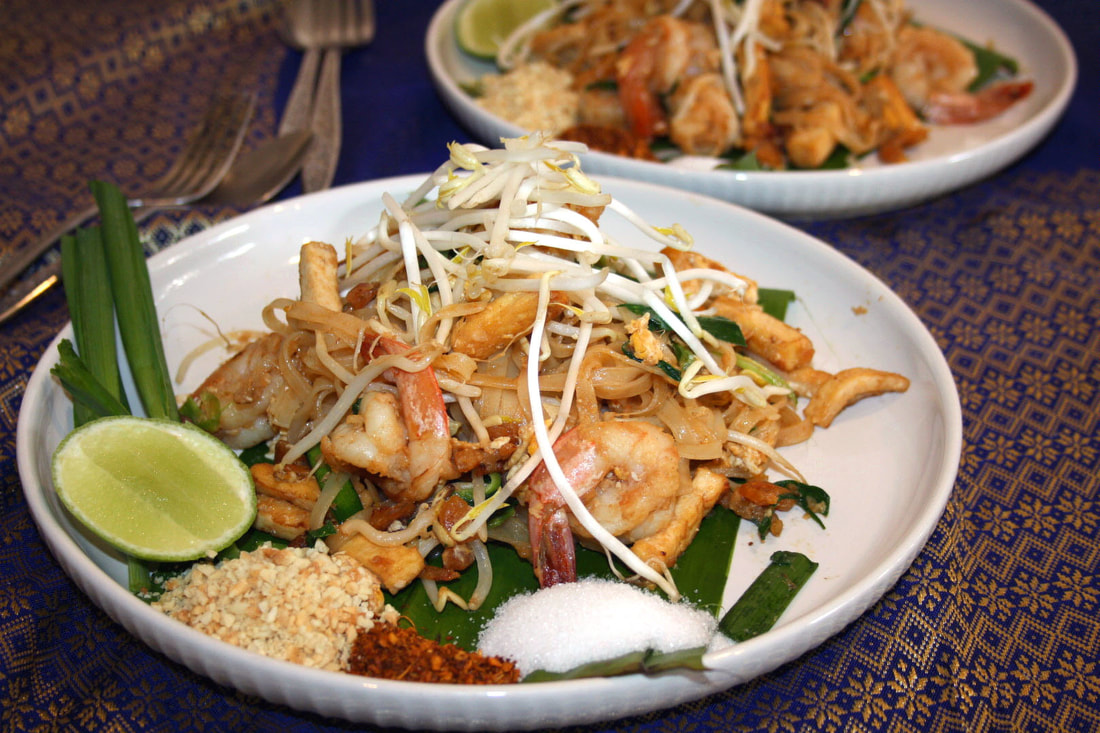
I’m talking about Pad Thai, which is sometimes also spelled ‘Phad Thai’. Pad Thai is a stir-fried noodle dish featuring eggs, vegetables, tofu and dried shrimp in a sweet and sour sauce with made from tamarind juice, fish sauce and palm sugar.
|
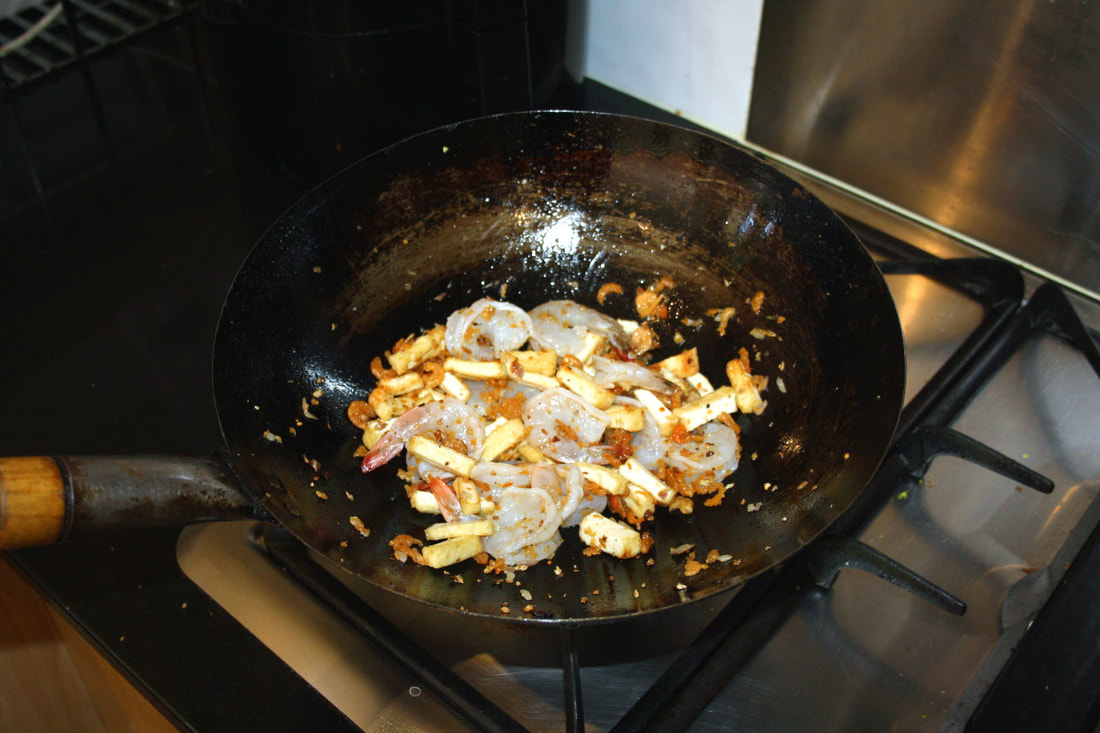 |
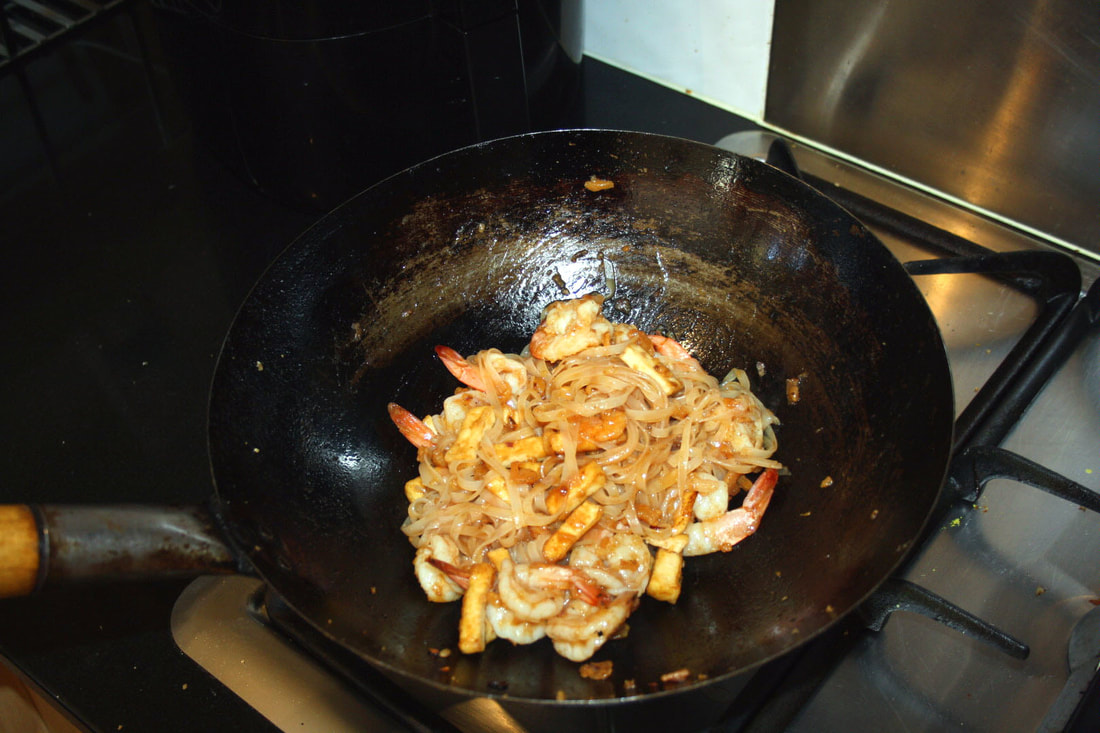 |
Here is a little bit about the history of Pad Thai. According to one account, during World War II the Thai Prime Minister at the time had a campaign for Thai people to eat noodles instead of rice, because at that time Thailand suffered a rice shortage due to the war and floods. As a result, a new noodle dish came to prominence using the noodles from Chanthaburi Province called “sen chan”. This dish helped establish the Thai identity and stood out from other noodle dishes. Previously most noodles dishes were considered of Chinese origin. Pad Thai at that time did not contain pork as the government’s view was that pork was a Chinese meat.
|
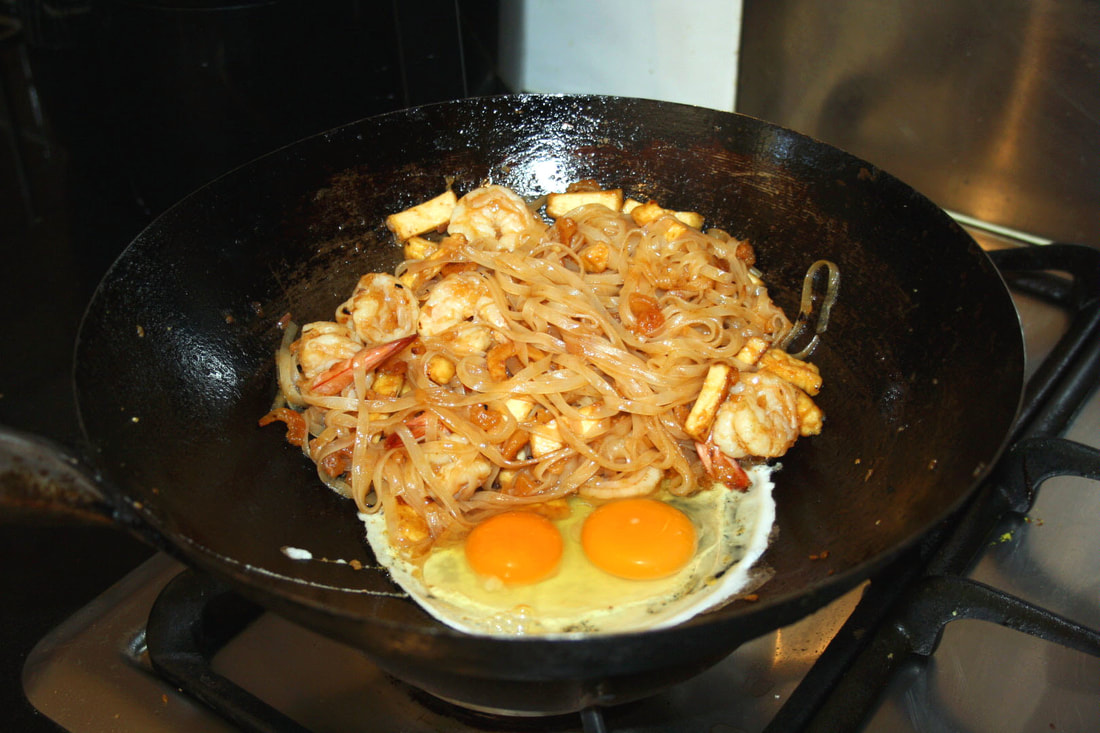 |
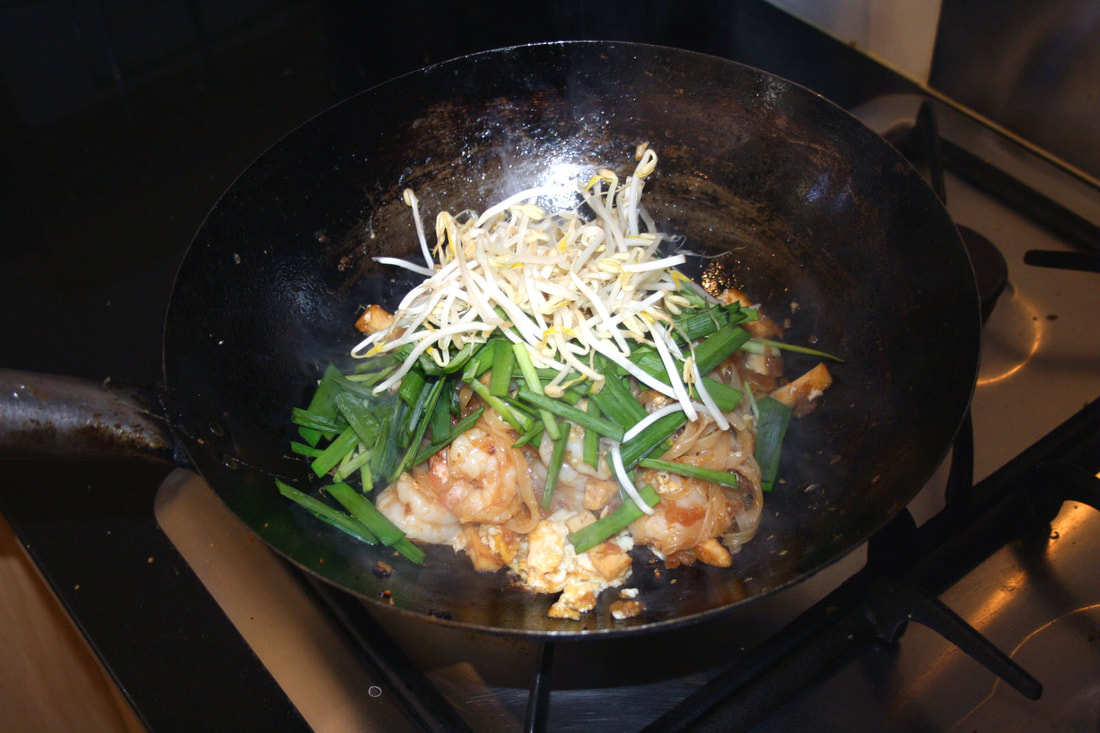 |
I have posted a simple recipe for Pad Thai in my blog before, but the recipe I would like to share this time is an advanced version. This recipe was adapted from my favourite cook book and has been adjusted to get the taste I am satisfied with. There are also more ingredients for the sauce than the previous recipe. I am sure you will love it, and you might say it is better than some restaurants in your local area.
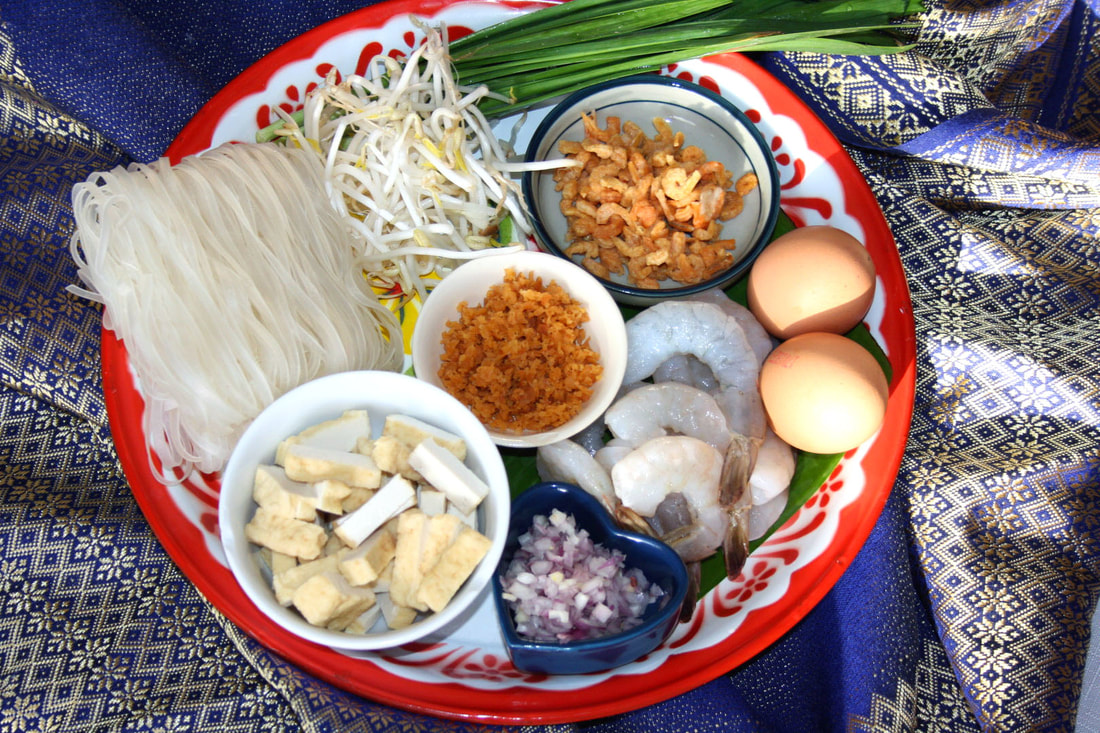
Ingredients for Pad Thai sauce:
- 200g Tamarind sauce
- 2 tbsp. white vinegar
- 50g Palm sugar
- 50g white sugar
- 2 Tbsp. fish sauce
- 2 Tbsp. Sriracha chili sauce
Method
All you need to do is add all the ingredients together in a small sauce pan. Bring it to the boil and simmer for 10 minutes.
Keep the sauce in the jar until required. The sauce can be made ahead and can keep in the fridge for up to a month. You might notice that the recipe uses both tamarind and white vinegar. Even though they are both sour they are a different type of sour. This recipe also uses both palm sugar and white sugar. Palm sugar gives a nutty sweet taste while white sugar is more sharp and sweet. This is why this sauce produces a more complex and nuanced taste than the simple recipe.
Keep the sauce in the jar until required. The sauce can be made ahead and can keep in the fridge for up to a month. You might notice that the recipe uses both tamarind and white vinegar. Even though they are both sour they are a different type of sour. This recipe also uses both palm sugar and white sugar. Palm sugar gives a nutty sweet taste while white sugar is more sharp and sweet. This is why this sauce produces a more complex and nuanced taste than the simple recipe.
Ingredients for Pad Thai (2-3 serves)
- 100g Dried rice noodle (see note 1.)
- 3-4 tbsp. Pad Thai sauce
- 1 tbsp. oyster sauce, optional (See note 2)
- 3 tbsp. cooking oil
- 1 tbsp. chopped shallot
- 2 eggs
- 1/2 cup tofu (see note 3)
- 2 tbsp. dried shrimps
- 2 tbsp. chopped pickled radish
- 10-12 green prawns or other protein as preferred
- ½ cup Bean sprouts
- ½ cup Garlic chives, cut in 3cm long pieces(see note 4)
- 2 tbsp. crushed peanuts (to serve)
- 2 wedge of lime (to serve)
Condiments: Sugar, Fish sauce, chili powder
Side vegetables: Garlic Chive and banana blossom.
Note:
1. I rinse and soak the dried noodle in room temperature water for around 10-15 mins just to soften the noodles. I do not normally use boiling water to soak the noodles as when I stir fry the noodles they will get too mushy. I like my noodles to absorb the sauce in the pan and if they are still hard I will add some water to it.
2. The original recipe and most Thai people won’t add oyster sauce to Pad Thai. As I mentioned, Pad Thai is thought to represent Thai people and oyster sauce is considered a Chinese sauce. Also, the way Thai people eat Pad Thai entails adding condiments to satisfy our own taste, but most foreigners just eat it the way it is served. Adding oyster sauce will enhance the taste, so I leave it as an option.
3. In Thailand to make Pad Thai we use “yellow tofu”. This is a type of hard tofu and has a yellow culture. You can use any type of hard tofu that is available to you.
4. Garlic chives can be substituted with spring onion.
2. The original recipe and most Thai people won’t add oyster sauce to Pad Thai. As I mentioned, Pad Thai is thought to represent Thai people and oyster sauce is considered a Chinese sauce. Also, the way Thai people eat Pad Thai entails adding condiments to satisfy our own taste, but most foreigners just eat it the way it is served. Adding oyster sauce will enhance the taste, so I leave it as an option.
3. In Thailand to make Pad Thai we use “yellow tofu”. This is a type of hard tofu and has a yellow culture. You can use any type of hard tofu that is available to you.
4. Garlic chives can be substituted with spring onion.
Method:
1. In a wok or fry pan, heat 2 tbsp. of cooking oil then add shallot. Stir fry until fragrant.
2. Add tofu, pickled radish and dried shrimp and stir fry for a few minutes.
3. Add prawns or other protein. Cook for a few minutes.
4. Add noodles and mix well.
5. Add Pad Thai sauce and oyster sauce (if used) then stir fry until the noodles are soft. If the noodles
are still too hard add a little bit of water and keep cooking until the noodles are soft.
6. Rake the noodles to one side of the wok then add 1 tbsp. of oil. Add eggs and scramble them. And
mix well with noodles.
7. Add garlic chives and bean sprouts.
8. Serve the noodles with a wedge of lime, crushed peanuts, chili powder and some condiments like
sugar and fish sauce alongside the garlic chive and banana blossom if available.
2. Add tofu, pickled radish and dried shrimp and stir fry for a few minutes.
3. Add prawns or other protein. Cook for a few minutes.
4. Add noodles and mix well.
5. Add Pad Thai sauce and oyster sauce (if used) then stir fry until the noodles are soft. If the noodles
are still too hard add a little bit of water and keep cooking until the noodles are soft.
6. Rake the noodles to one side of the wok then add 1 tbsp. of oil. Add eggs and scramble them. And
mix well with noodles.
7. Add garlic chives and bean sprouts.
8. Serve the noodles with a wedge of lime, crushed peanuts, chili powder and some condiments like
sugar and fish sauce alongside the garlic chive and banana blossom if available.
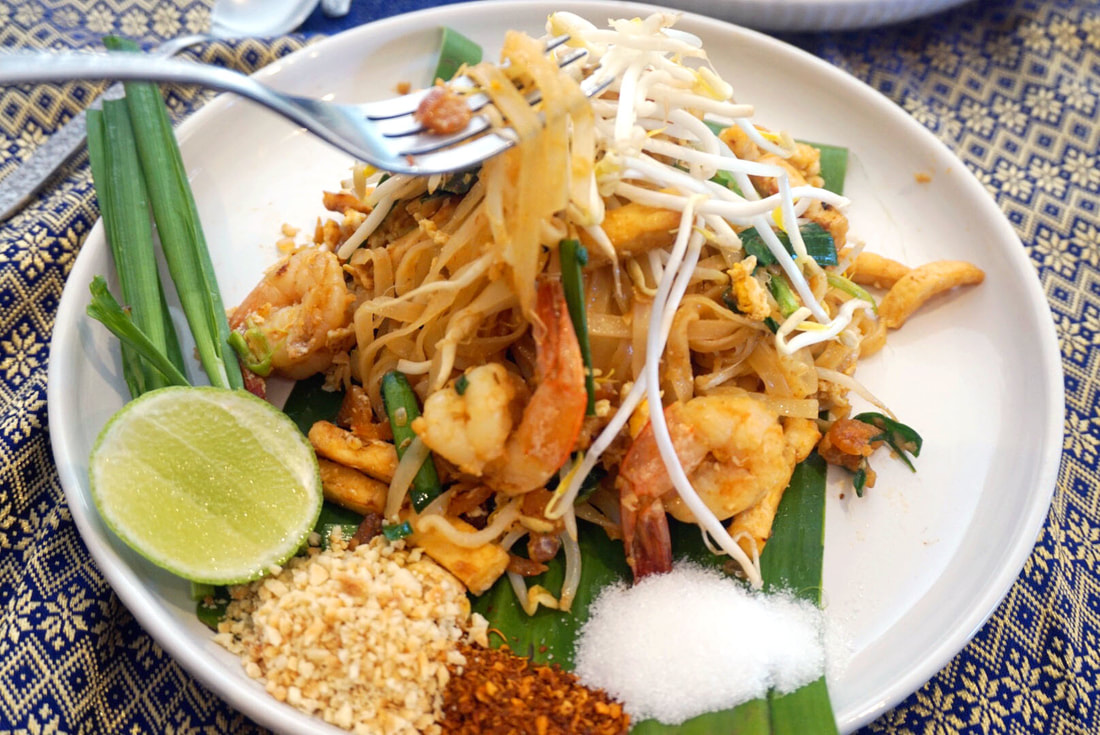
Check out Charinya’s awesome work here
IG: @charinyas_kitchen
Web: https://charinyaskitchen.com/
FB: @charinyaskitchen


